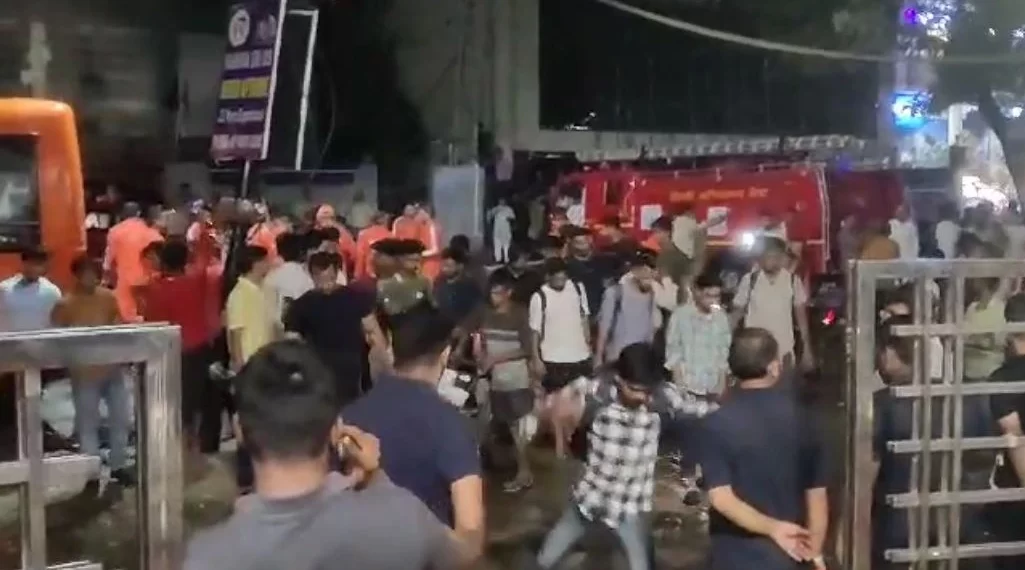How India Saved the Soul of the Nation: The Incredible Operation to Hide the Taj Mahal 1971 War
How India Hid the Taj Mahal 1971 War: A Monument Disappears to Save a Nation’s Spirit
AGRA, India — In the tense winter of 1971, as war broke out between India and Pakistan, the Indian government faced an extraordinary challenge: how to protect its most iconic symbol of peace and love—the Taj Mahal—from becoming a casualty of war.
Amid the deafening roar of Pakistani fighter jets striking the nearby Kheria Airbase, just miles from the monument, officials feared the unthinkable. The gleaming white marble dome of the Taj, bathed in moonlight, could serve as a perfect navigational beacon for enemy bombers—or worse, a deliberate target meant to crush the morale of a nation. What followed was one of the most remarkable acts of cultural preservation in modern military history.
Operation Making the Taj Vanish

In a race against time, Indian authorities launched Operation, a top-secret mission to make the Taj Mahal disappear from the sky. Within 24 hours of the December 3rd airstrike, the Archaeological Survey of India (ASI) mobilised teams to undertake the seemingly impossible task of hiding one of the world’s most recognisable landmarks.
Crews worked around the clock, draping massive green-dyed jute tarpaulins over the Taj Mahal’s dome and minarets to blend with the Yamuna’s riverside vegetation. Over 8,400 kilograms of tarps, 600 kilograms of nails, and 63 specially crafted sewing needles were used. The monument’s marble floors were muted with a thin layer of sand, while the minarets were cloaked with brushwood to simulate jungle growth.
“It took two days to wrap the Taj,” recalled Nathi Lal, a monument worker who took part in the operation, during a 1971 interview with The Irish Times. “The tarpaulin weighed more than 18,700 pounds, but we knew it had to be done.” Tourist access was suspended, lights were extinguished, and blackout protocols were strictly enforced.
Why the Taj Mahal 1971 War Was at Risk
The threat was real. The war, ignited by Pakistan’s preemptive Operation Chengiz Khan, had targeted Indian airfields across the western front, including Agra, just 480 kilometres from the border. With visual navigation still critical for aerial missions, the luminous Taj Mahal posed a strategic danger.
“There was genuine fear that Pakistan’s air force might target cultural landmarks to break Indian morale,” says historian Dr. Rakesh Sharma. “The Taj Mahal wasn’t just a monument—it was, and is, the soul of India. Its destruction would have been an emotional and cultural catastrophe.”
A Legacy of Protection for the Taj Mahal 1971 War
This wasn’t the first time the Taj had gone under wraps. During World War II in 1942, British forces had cloaked it in bamboo scaffolding to confuse German and Japanese pilots. Similar measures were repeated during the 1965 Indo-Pak war. But this operation was more sophisticated, more urgent, and far more symbolic.
The plan worked. Without the advantages of GPS or satellite imagery, Pakistani pilots failed to locate the shrouded monument. “From the air, it looked like a dense forest patch,” recalls retired Indian Air Force Wing Commander Anil Gupta. “The deception was flawless.” The Taj Mahal 1971 War remained untouched throughout the 13-day war, which culminated on December 16, 1971, with the fall of Dhaka and the birth of Bangladesh.
Other historical sites—like the Red Fort, Qutub Minar, and Jaisalmer Fort—also saw protective measures, including radar-deflecting scaffolding and dummy structures. But the effort around the Taj stood apart, galvanising the citizens of Agra who viewed the monument not just as a relic, but as a heartbeat of national identity.
A Timeless Message of the Taj Mahal 1971 War Amid Modern Tensions
The memory of this mission – the Taj Mahal 1971 War is especially poignant today, in the wake of renewed tensions following the April 22, 2025, terror attack in Pahalgam that claimed 26 lives. India has since suspended the Indus Waters Treaty and launched extensive civil defence drills. Just as it did in 1971, the nation is once again rehearsing for the worst: blackout drills, air raid sirens, and the silent fortitude of a people unwilling to bow.
More than five decades later, the story of how India hid the Taj Mahal 1971 War continues to inspire. It is a tale of ingenuity, urgency, and an unwavering commitment to cultural preservation in the face of destruction—a silent yet resounding declaration that heritage, once threatened, can be heroically defended.
Taj Mahal 1971 War
Recent Posts
- Bengaluru Woman Secretly Filmed in Washroom : Outrage Grows Over Shocking Violation of Privacy
- Colonel Sofiya Qureshi & Wing Commander Vyomika Singh Win Hearts as Faces of India’s Daring Operation Sindoor Strike
- Justice for Shubham Dwivedi: Operation Sindoor Delivers Powerful Retaliation Against Pahalgam Terror Attack
- Operation Sindoor: India’s Fierce Retaliation Shatters Terror Hubs After Pahalgam Massacre
Discover more from
Subscribe to get the latest posts sent to your email.







